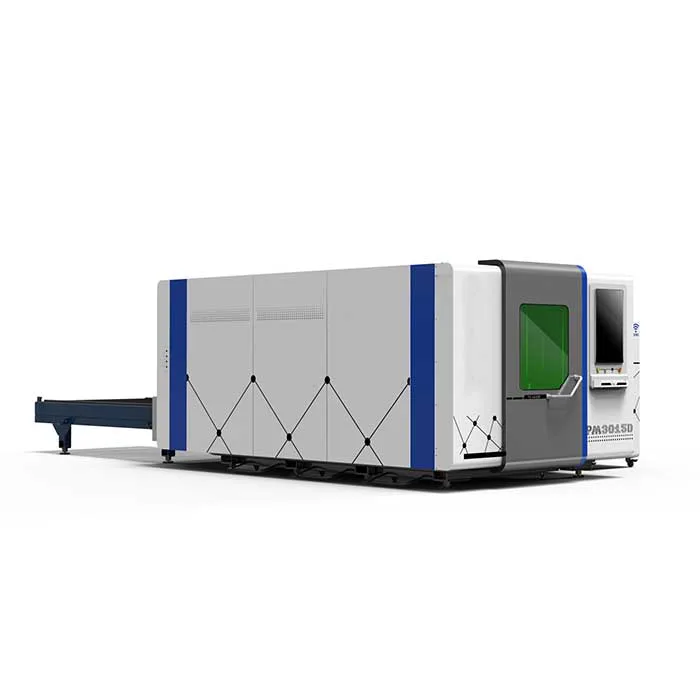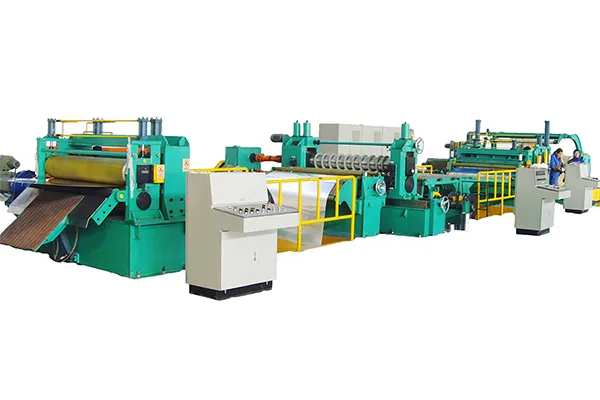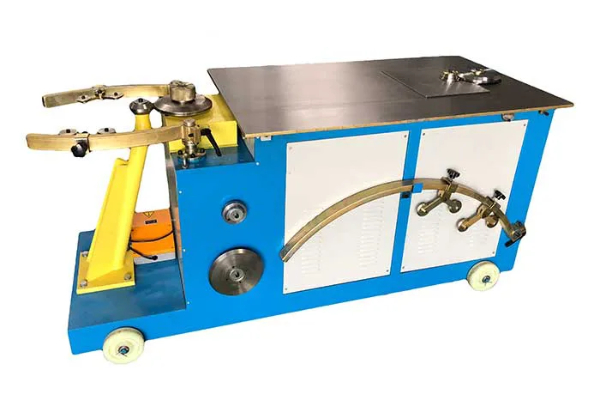
The Environmental Considerations of Using Snap Lock Duct Machines
- By:Metmac
- 2024-07-29
- 143
Snap lock duct machines are widely employed in the HVAC industry for fabricating and installing ductwork in residential, commercial, and industrial buildings. These machines offer numerous advantages, including increased efficiency, reduced labor costs, and improved indoor air quality. However, it is imperative to consider the environmental implications of their use to minimize their impact on the environment.
Energy Consumption
The operation of snap lock duct machines requires substantial amounts of energy. The machines utilize electric motors, compressors, and other components that consume electricity during operation. By implementing energy-efficient practices, such as using high-efficiency motors and optimizing machine settings, it is possible to reduce energy consumption and minimize the environmental impact.
Waste Generation
The fabrication process using snap lock duct machines generates waste materials, such as scrap metal from ductwork cutoffs and packaging materials. This waste can accumulate over time and contribute to landfills. Implementing waste reduction strategies, such as recycling scrap metal and utilizing reusable packaging, can significantly decrease the environmental footprint.
Noise and Air Pollution
Snap lock duct machines can emit noise during operation, which can impact neighboring areas and workers’ health. Additionally, the machines release air pollutants, including dust and particulate matter, into the surroundings. Employing noise-reducing measures, such as acoustic enclosures, and implementing dust collection systems can mitigate these environmental concerns.
Material Selection
The materials used in snap lock ductwork, such as galvanized steel and aluminum, have environmental implications. Galvanized steel can release zinc into the environment, while aluminum production requires significant energy consumption. By utilizing sustainable materials, such as recycled metal or low-energy-consuming alloys, the environmental impact can be minimized.
End-of-Life Disposal
At the end of their service life, snap lock duct machines and ductwork become waste. Improper disposal can lead to the release of harmful substances into the environment. Implementing proper disposal and recycling practices, such as dismantling machines and recycling components, ensures responsible end-of-life management.
Conclusion
The use of snap lock duct machines offers numerous benefits, but it is crucial to consider the environmental implications. By implementing energy-efficient practices, reducing waste generation, mitigating noise and air pollution, selecting sustainable materials, and ensuring proper end-of-life disposal, the environmental impact of these machines can be minimized. By embracing sustainable practices, the HVAC industry can contribute to a greener and more sustainable future.
-
Mastering Form and Force: A Guide to Modern Metal Plate Bending Machines
2025/12/16 -
Demystifying Sheet Metal Laser Cutting Machine Price: The METMAC Value Perspective
2025/12/16 -
Metal Sheet Machinery: The Engine of Modern Fabrication and the METMAC Advantage
2025/12/16 -
Beyond the Bend: The Power and Precision of the Modern Sheet Profile Machine
2025/12/16
-
Advanced Sheet Metal Rolling, Laser Cutting, and Folding Machines for Precision Fabrication
2025/10/31 -
High-Performance Sheet Metal Bending and Cutting Machines for Modern Fabrication
2025/10/31 -
High-Quality Sheet Metal Equipment for Sale: Efficient Solutions for Modern Manufacturing
2025/10/31 -
High-Performance Sheet Metal Equipment for Sale: Forming and Shearing Solutions for Modern Fabrication
2025/10/22
-
Improving Accuracy in Metal Fabrication with Laser Metal Shear Machines
2024/05/11 -
Latest Technological Advancements in Rectangular Duct Machines
2024/05/11 -
Integrating Automation with Rectangular Duct Machines for Enhanced Productivity
2024/05/11 -
Metal Shear Machines- Essential Tools for Precision Metal Cutting
2024/05/11
-
A Guide to the Latest Innovations in Sheet Metal Folding Machines
2024/11/29 -
Key Features to Consider When Investing in a Sheet Metal Folding Machine
2024/11/28 -
Enhancing Precision with Advanced Sheet Metal Folding Machines
2024/11/27 -
How to Choose the Right Sheet Metal Folding Machine for Your Workshop
2024/11/26







